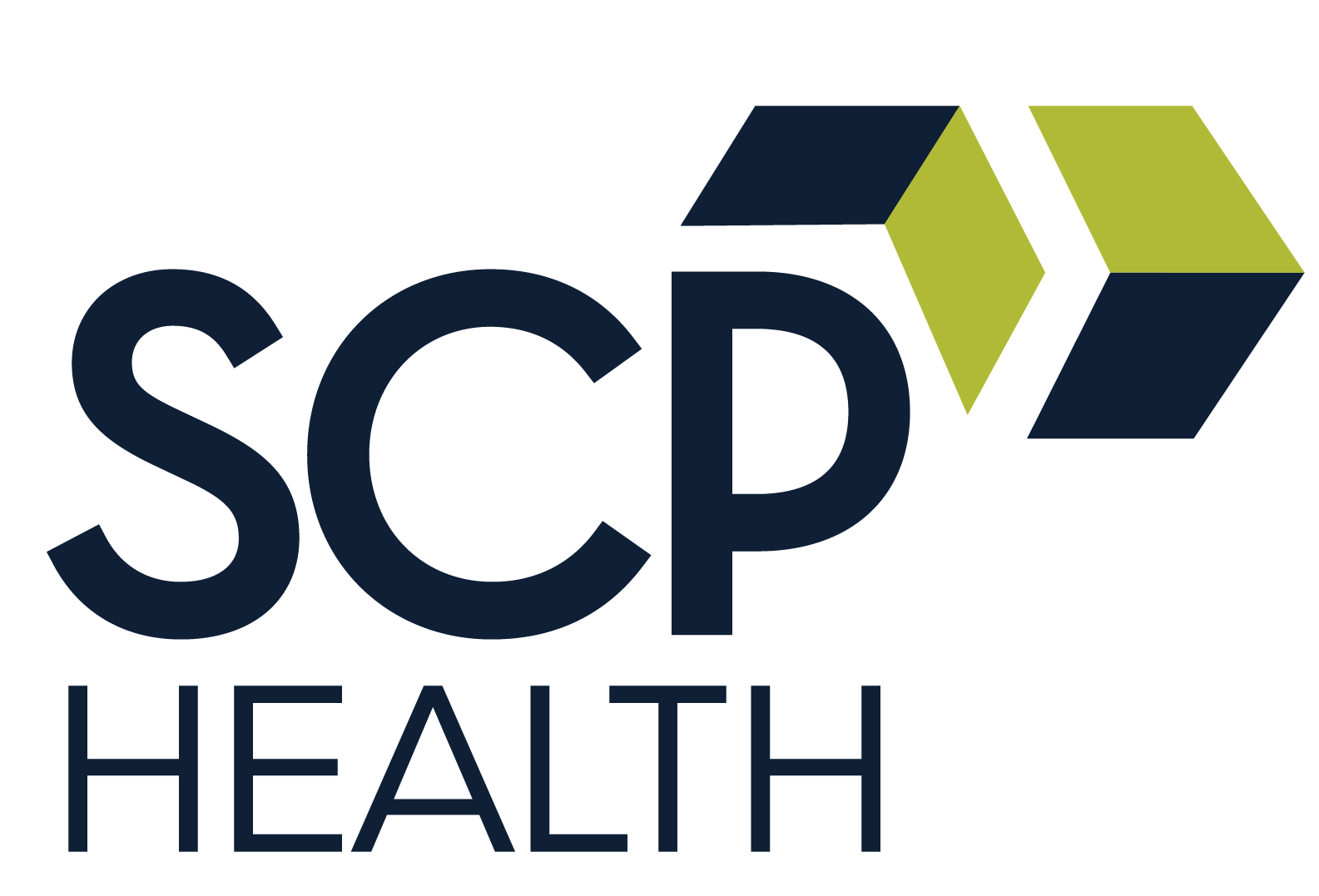Outside the incredible accomplishments of Marie Curie, or a few other well-knowns like her, many do not know the outstanding contributions women have been making to the practice of medicine, some from over a hundred years ago, and others that are more recent.
In celebration of Women’s History Month, here is a list of 17 achievements and accomplishments by women medical pioneers.
1. Book of Medical Disclosures
“A Book of Medical Disclosures” is a volume containing medical advice for women and children. It was published in 1883 by Dr. Rebecca Lee Crumpler, the first black female physician in the United States. Not only is Dr. Crumpler known for her pioneering work in medicine but also for her efforts to overcome racial prejudice.
2. Modern Medical Syringe
Letitia Mumford Greer developed the modern rectal syringe in 1899 that allowed one-handed operation. Before that, syringes required the use of two hands.
3. Scarlet Fever Research
Dr. Gladys Dick and her husband isolated the microbe that caused Scarlet Fever and developed a skin test used throughout the world. She also created prevention and treatment methods for the disease.
4. Undulant Fever Bacterium
American microbiologist Alice Evans discovered bacteria living in raw milk that affected humans and animals. The scientific and medical communities initially scoffed at her work until another scientist later proposed it. Her discovery eventually led to the pasteurization of milk to prevent the disease.
5. Anti-Fungal Antibiotic
Two female scientists, Elizabeth Lee Hazen and Rachel Fuller Brown, developed an antibiotic to guard against fungal infections, an ailment often experienced by organ transplant recipients, burn victims, and chemotherapy and AIDS patients. The pair worked through mail to test organisms found in soil samples against fungi. They later established the Brown-Hazen Fund, which invests all proceeds from their research in providing grants to life sciences researchers.
6. Tuberculin Test and Distillation Process
Florence Seibert, an American scientist, first discovered that intravenous injections made with contaminated distilled water caused illness. She formulated a new distillation process to eliminate all bacteria. She also created the first reliable tuberculin test, a skin test that is still in use today.
7. Meningitis Treatment
Dr. Hattie Alexander won international acclaim for developing the first effective treatment for once-fatal influenza meningitis, a common childhood disease. The therapy virtually eliminated almost all infant mortality from this disease. In 1964, she was elected president of the American Pediatric Society, one of the first women to head a national medical association.
8. Microelectrode
American physiologist, professor, and inventor Ida Henrietta Hyde is known for developing a microelectrode that could stimulate cells at the micro level while recording electrical activity within the cell. Her invention revolutionized neurophysiology.
9. Apgar Score
It is said that every baby born in a modern hospital anywhere in the world is first examined through the eyes of Dr. Virginia Apgar. She developed a 10-point test known as the “Apgar Score,” administered one minute and five minutes after birth, that assesses the health and vitality of newborns. Her invention reduced infant mortality and laid the foundations for neonatology.
10. Factor VIII
Physiologist Judith Graham Pool discovered and developed a method for producing a clotting factor known as Factor VIII in human plasma that could be frozen, kept, and used by hemophiliacs at home. She also advocated for improved possibilities for women in science as co-president of the Association of Women in Science and founding chair of Professional Women of Stanford University Medical Center.
11. Chemotherapy Treatments
Dr. Jane Wright elevated chemotherapy as a feasible therapeutic option and came up with a way to deliver heavy doses of medication to tumors in hard-to-reach places. She became the highest-ranking African American woman in a United States medical institution, New York Medical College, and the first woman to be elected president of the New York Cancer Society.
12. Sickle Cell Research
Dr. Marilyn Hughes Gaston’s research showed the effectiveness of penicillin to prevent sepsis. She is a top researcher for sickle cell disease and was the first African American woman to direct a public health service bureau. Dr. Gaston is widely recognized for her ongoing commitment to improving the health of poor and minority Americans.
13. Laserphaco Probe
The laserphaco probe is a technique and device used during cataract surgery. It was developed by Dr. Patricia Era Bath, an ophthalmologist and laser scientist, the first black female physician to receive a patent for a medical device.
14. Prefrontal Cortex Mapping
Dr. Patricia Goldman-Rakic is heralded for her work in cortical neuroscience and prefrontal cortex mapping, which achieved new insight into the brain’s frontal lobes. Her research deepened the understanding of cognition, planning, and working memory in diseases like schizophrenia, Alzheimer’s, and Parkinson’s.
15. HIV Research
Molecular biologist and virologist Dr. Flossie Wong-Staal is a true pioneer in HIV research. Her work led to the discovery of HIV as a causative agent for AIDS and paved the way for blood tests. She was also the first to clone HIV.
16. Stem Cell Isolation
Ann Tsukamoto is a researcher and inventor who developed a technique for stem cell isolation, a breakthrough that led to advances in oncology.
17. Intravenous Catheter Shield
The mother-daughter team of Betty Rozier and Lisa Vallino invented a device, the intravenous catheter shield, that made it safer and easier for hospitals to administer IVs. Vallino was an ER nurse and came up with the idea. She teamed up with her mother to create the device.
Women’s History Month is a dedicated month to reflect on the often-overlooked contributions of women to the United States history. It has been observed annually in March since 1987.






